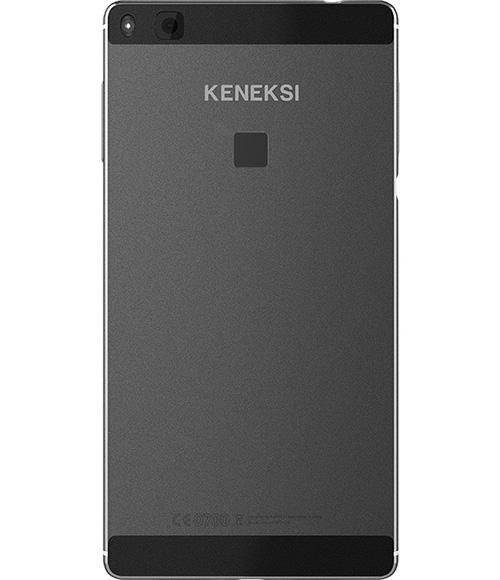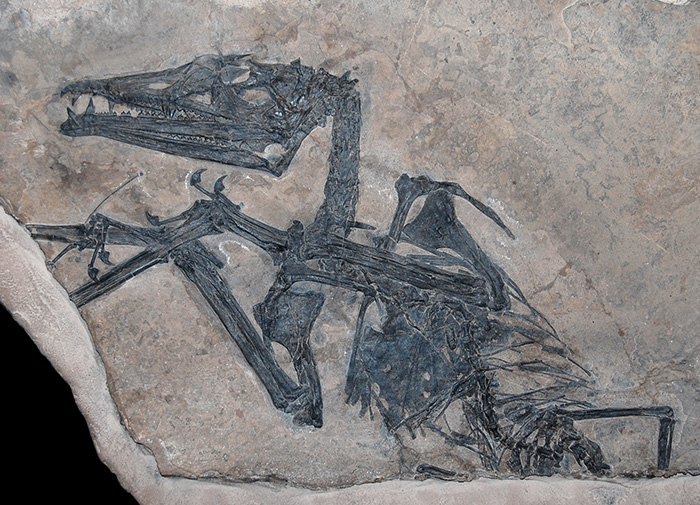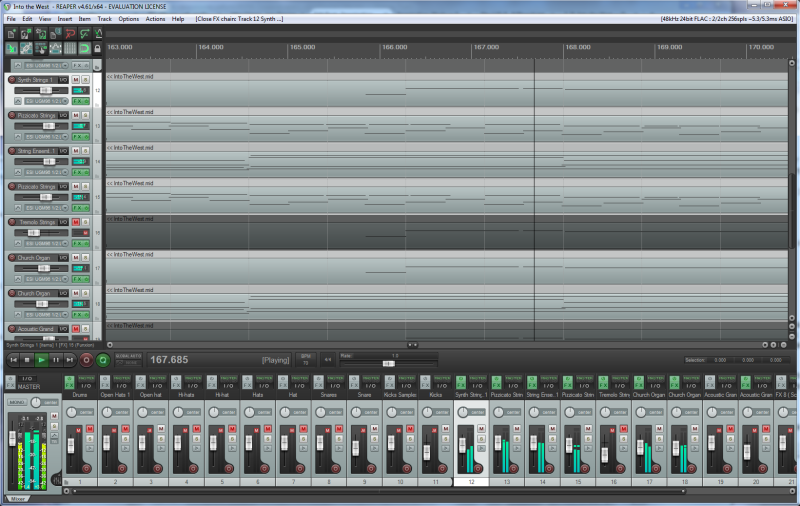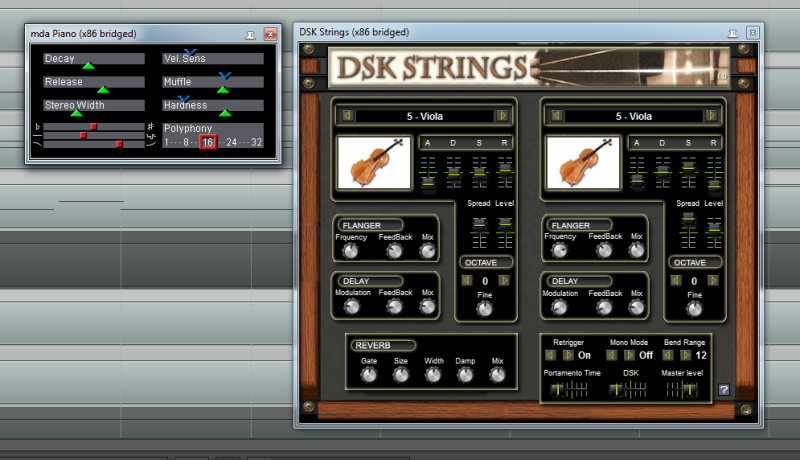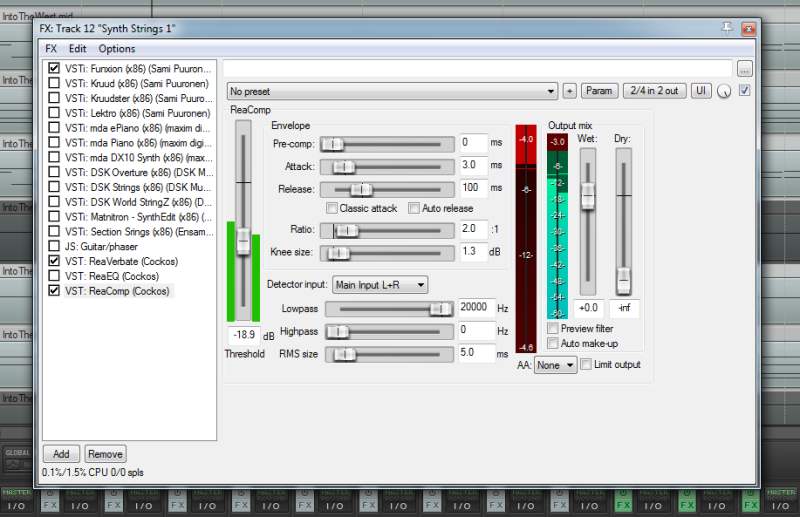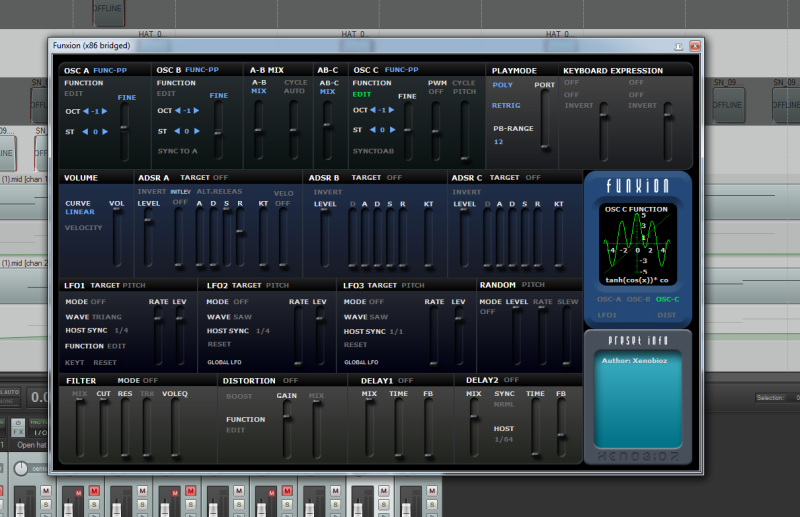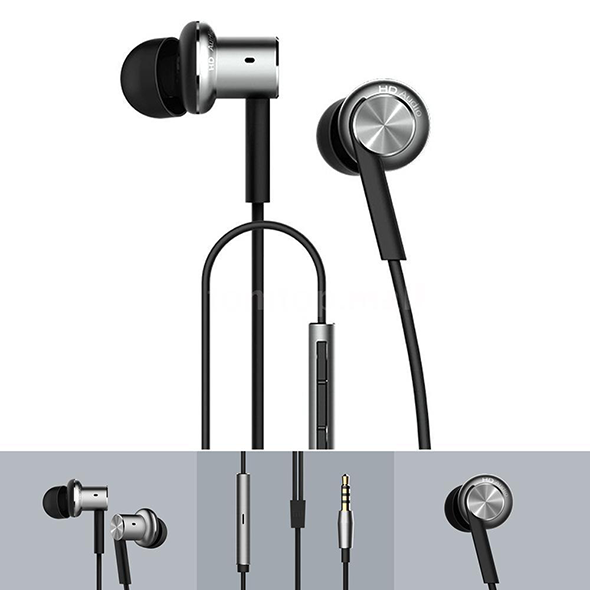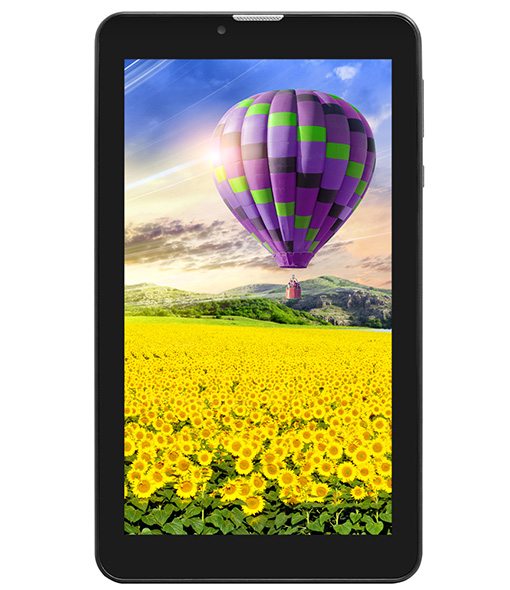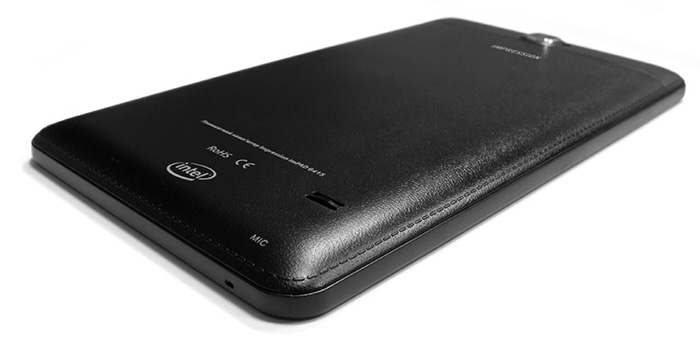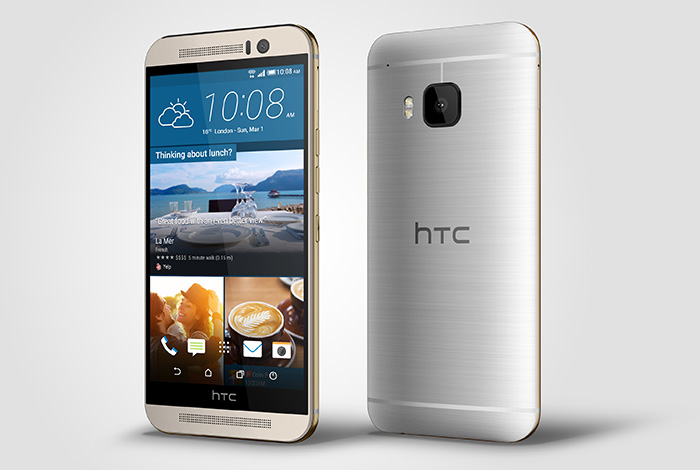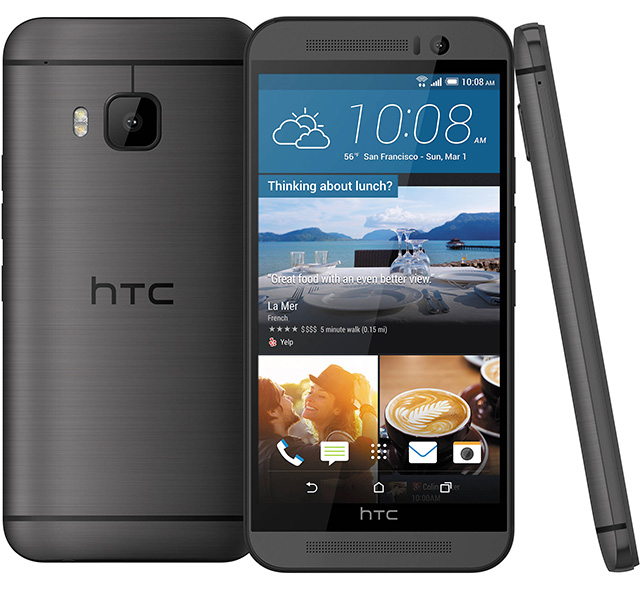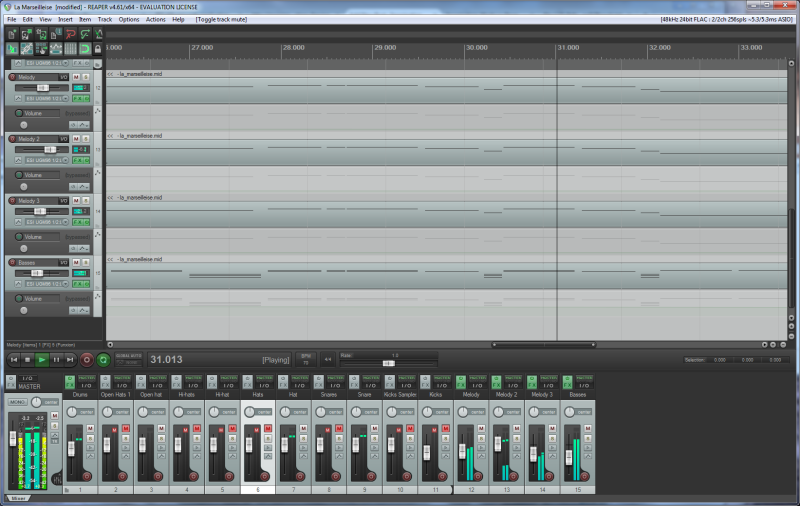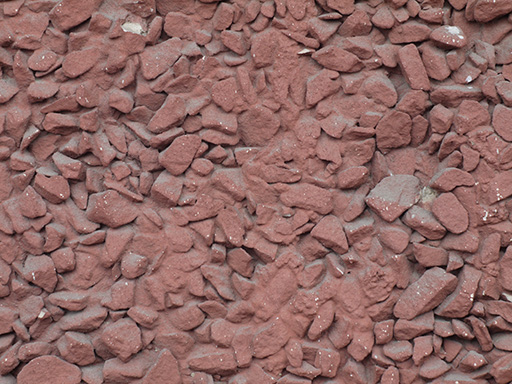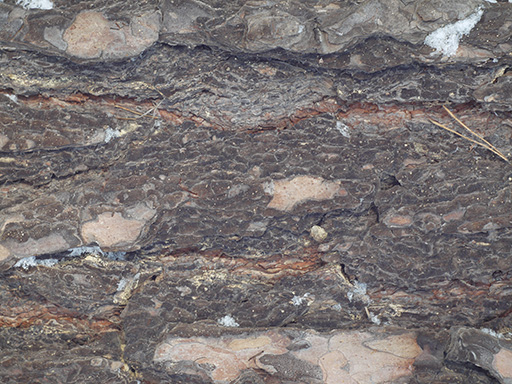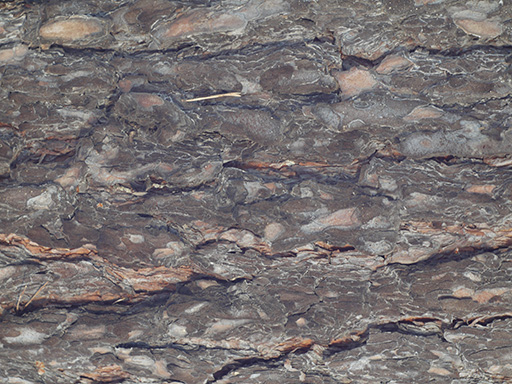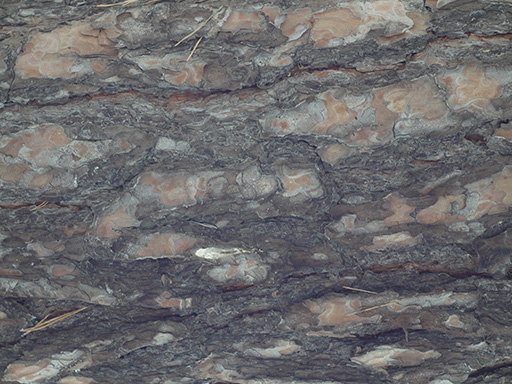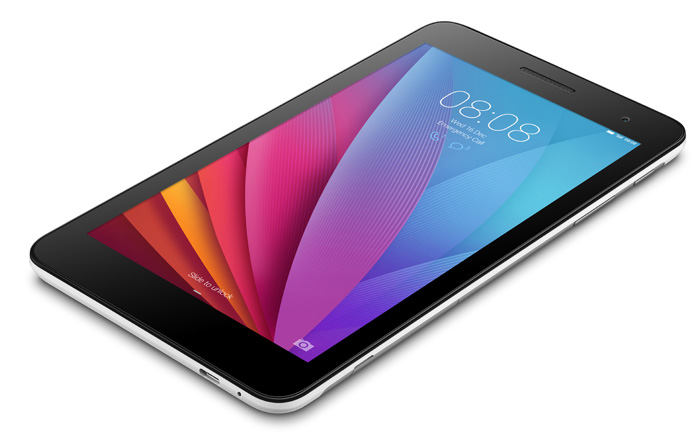
Among Android 4.4 tablet PCs there is a new device : Huawei MediaPad T1 7 – tablet PC and smartphone with 7″ multitouch IPS screen with 600 x 1024 pixels resolution, body from aluminum and magnesium alloy and 4100 mAh battery. In it following are built-in : 4-cores processor Spreadtrum SC7731G, working on 1.2 GHz frequency, 1 GB of RAM, 8 GB of on-board memory with ability to extend via Micro SD flash cards with 32 GB max capacity ( larger ones are, probably, also supported ) and SIM cards slot. Tablet can work as phone with support of 2G ( GSM 850, 900, 1800 and 1900 ) and 3G networks, without 4G LTE support; in it GPS + A-GPS satellite navigation and gravity and acceleration sensor are built-in.

In Huawei MediaPad T1 7 there are 2 relatively weak for tablet PCs cameras are built in ( however they are slightly better, than minimal ones ) : 2 MP main and frontal ones; it supports wireless Wi-Fi ( 802.11b/g/n ) and Bluetooth 4.0 ( +BLE ) connections for remote data transfers and communications with other devices, without NFC support. On its external panels following are placed : Micro USB 2.0 port for connection with computer, external devices plugging in and battery charging, 1/8″ mini jack headsets and headphones connector, microphone and speaker and power and volume control buttons. Device’s body is made from aluminum and magnesium alloy, its sizes are 191.8 ( width ) x 107 ( height ) x 8.5 ( depth ) mm and mass is 278 g. Battery charge is 4100 mAh, which is a good value for tablet PCs.
Package contains : Huawei MediaPad T1 7 tablet PC itself, USB cable, recharger, warranty card and user’s guide. From one side : tabler PC is quite functional, with metallic body and capacitive battery; from the other : it costs around 105 USD, for much smaller sum there is ability to buy similar Android tablet PCs and 8″ Windows tablet PCs, but with plastic body. So : is Huawei MediaPad T1 7 metallic body worth these money is quite a question.

